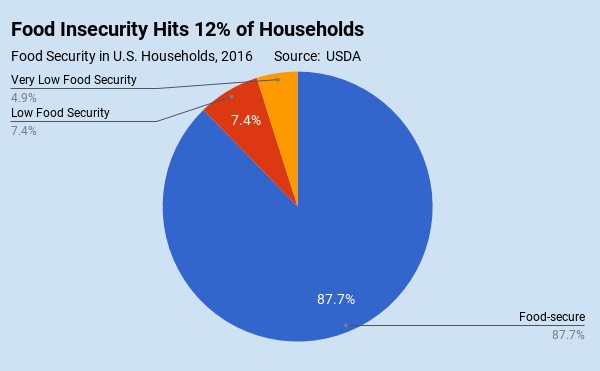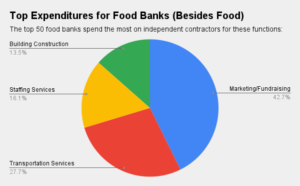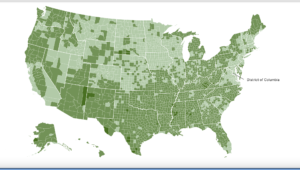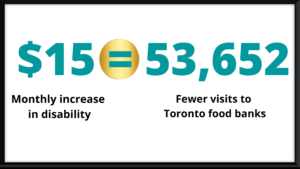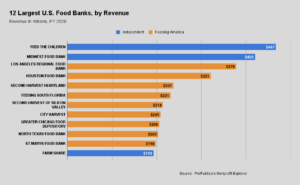Have you ever been hungry? Of course you have! While we all share the physical sensation of being hungry, not everyone suffers from an inability to satisfy it because of a lack of funds or access. Being hungry without having the resources to quell it is the definition of food insecurity, and the concept the Department of Agriculture has embraced when it comes to measuring “hunger” in America.
The USDA used to employ the word hunger to help it describe different levels of food insecurity. Specifically, it used the labels “food insecurity without hunger” and “food insecurity with hunger.” In 2006, the Committee on National Statistics advised the department to drop the word hunger and adopt the labels “low food security” and “very low food security” as a way of being more objective.
Low food security describes households that worry about having enough food and compensate by buying food of lesser quality or variety, and taking advantage of federal assistance programs and/or food from charitable outlets. By using these coping strategies, these households avoid substantially disrupting their eating patterns, though they have an elevated risk of poor health. Very low security households go without, with members of the household either skipping meals, not eating enough at meals, or not eating for a full day.
In 2017, 9.3 million households (7.3% of the population) had low food security, about the same amount as in 2016 (7.4%), according to a Census Bureau survey of 45,000 households conducted every December. Another 5.8 million households (4.5% of the population) experienced very low food security at some time during the year, down from 4.9% in 2016. Very low food security households experience the condition on average seven months of the year, for one to seven days during the month.
When the individual members of each household are counted, it adds up to 40 million people living in food-insecure households in the U.S. Households with children were more likely to be food-insecure (15.7%) than those without.
